EVANS Timpani Survival Guide
Choosing the Right Timpani Head
EVANS offers two premium timpani head options to match your sound preference and performance needs. All EVANS timpani heads are pre-tensioned and have a black powder-coated steel insert ring for tuning consistency.
EVANS Strata
The Strata Series heads feature a smooth calf-colored coating that promotes a warm tone and clear pitch, which blends naturally with any ensemble.
EVANS Orchestral
The thin 7.5mil white film of the Orchestral series provides an immediate pitch with a clear sustain that produces a brighter sound with slightly more overtones.
High-Performance Quick Tips:
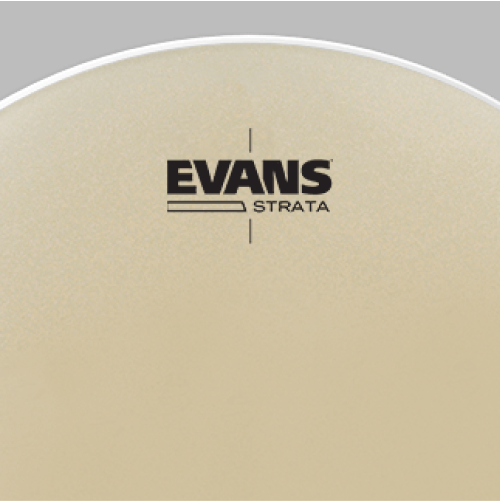
The Right Spot:
The vertical line through the EVANS logo indicates the primary grain direction of the film. Once you find your preferred ‘sweet spot’ on your first EVANS head, the position relative to the logo will be consistent for every subsequent head.
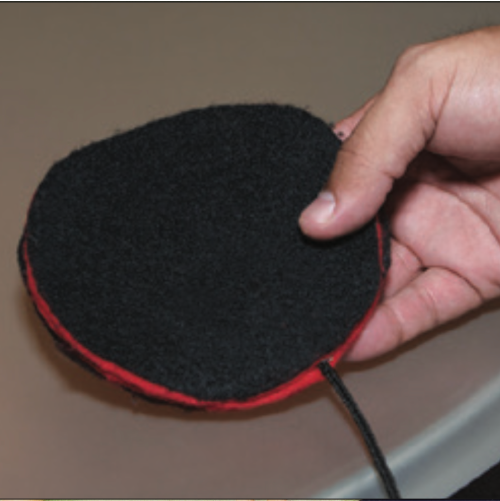
Short and Sweet:
In special situations where a very staccato sound is desired, mutes can be used. These mutes can be purchased or made simply by using pieces of fleece material in any shape you wish.
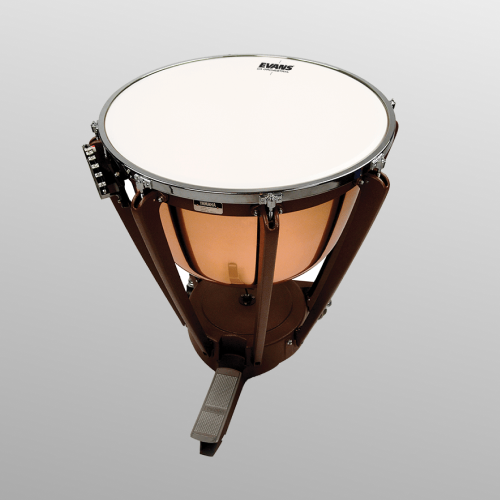
Reference Guide:
To make ordering easier, Evans has developed a Timpani Head Reference Chart which lists many of the known brands of drums for easier selection.
General Tuning and Instrument Care
Tuning Tips:
-
Use opposite lug tuning (OLT) to balance tension across the head.
-
Always listen to the pitch while tuning.
-
Mark the number of lugs per drum and keep tuning patterns consistent.
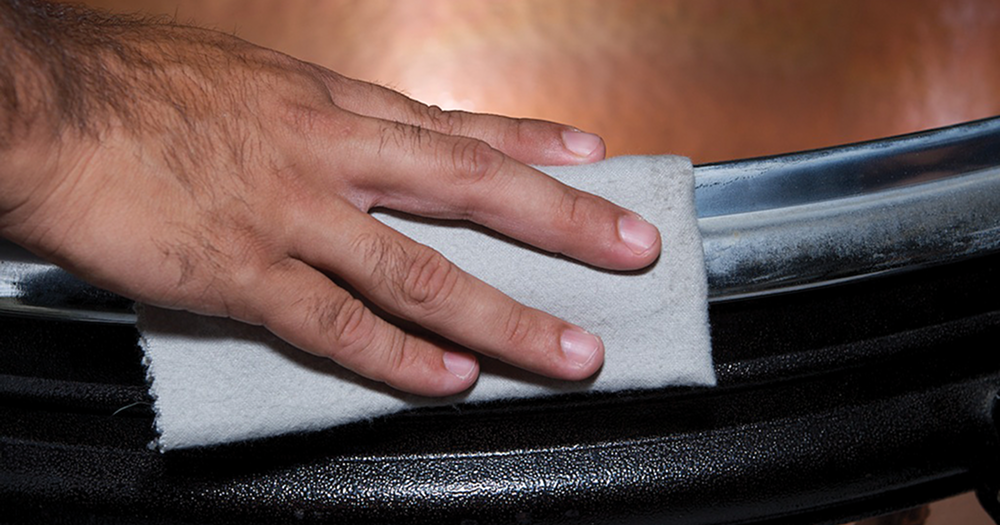
Instrument Care
-
Clean rims, counterhoops, and bearings before installing new heads.
-
Change heads annually or sooner when tone degrades or resonance fades.
-
Maintain a block of wood between pedal and floor when not in use.
Quick Tip: Invest in a quality drum cover to protect heads from damage and wear.
Replacing and Tuning a New Head
1. Remove the old head and clean the drum rim and bearing edge.
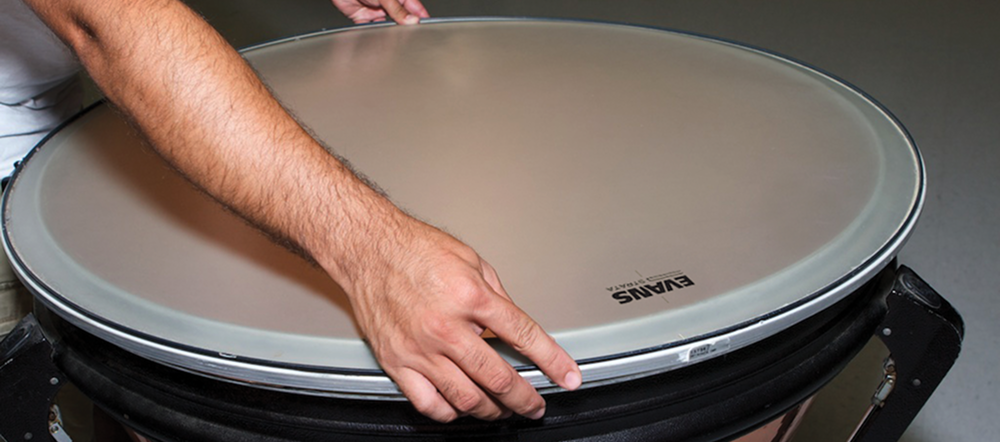
2. Place the new head and apply moderate pressure.
3. Use Teflon lubricant on lugs and threads.
4. Tighten the head in a star pattern using OLT.
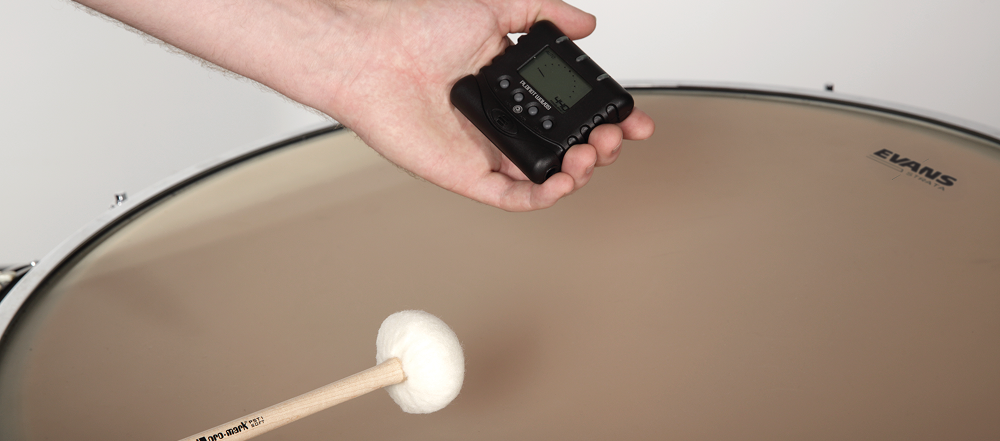
5. Gradually bring the pitch up using a tuner or piano reference.
6. Use your tuning gauge to set pedal pitch.
7. Reinstall the pedal stop and fine-tune.
Common Pedal Issues?
If your pedal won't hold its position:
-
Replace clutch tension rods (Swiv-o-matic style).
-
Re-balance the drum by adjusting pitch or hardware alignment.
Mallet Care and Selection

Choosing Mallets:
-
Use the best mallets you can afford—cheaper models wear heads faster.
-
Keep at least three pairs handy: soft, medium, and hard.
-
Never strike heads with sticks not made for timpani.
Mallet Storage:
-
Store horizontally with shafts aligned.
-
Never lean mallets on heads—they can cause dents.
Quick Tips:
-
Recovery is Key — When the felt is worn out, purchase a recovering kit to keep your mallets (and heads) in top shape.
-
Stick Tray — Always use a stick tray so that timpani mallets will never be kept on the floor and the player will have easy access to them for quick changes. If a tray is not available, a flat music stand with a black towel placed neatly on top is an acceptable substitute.